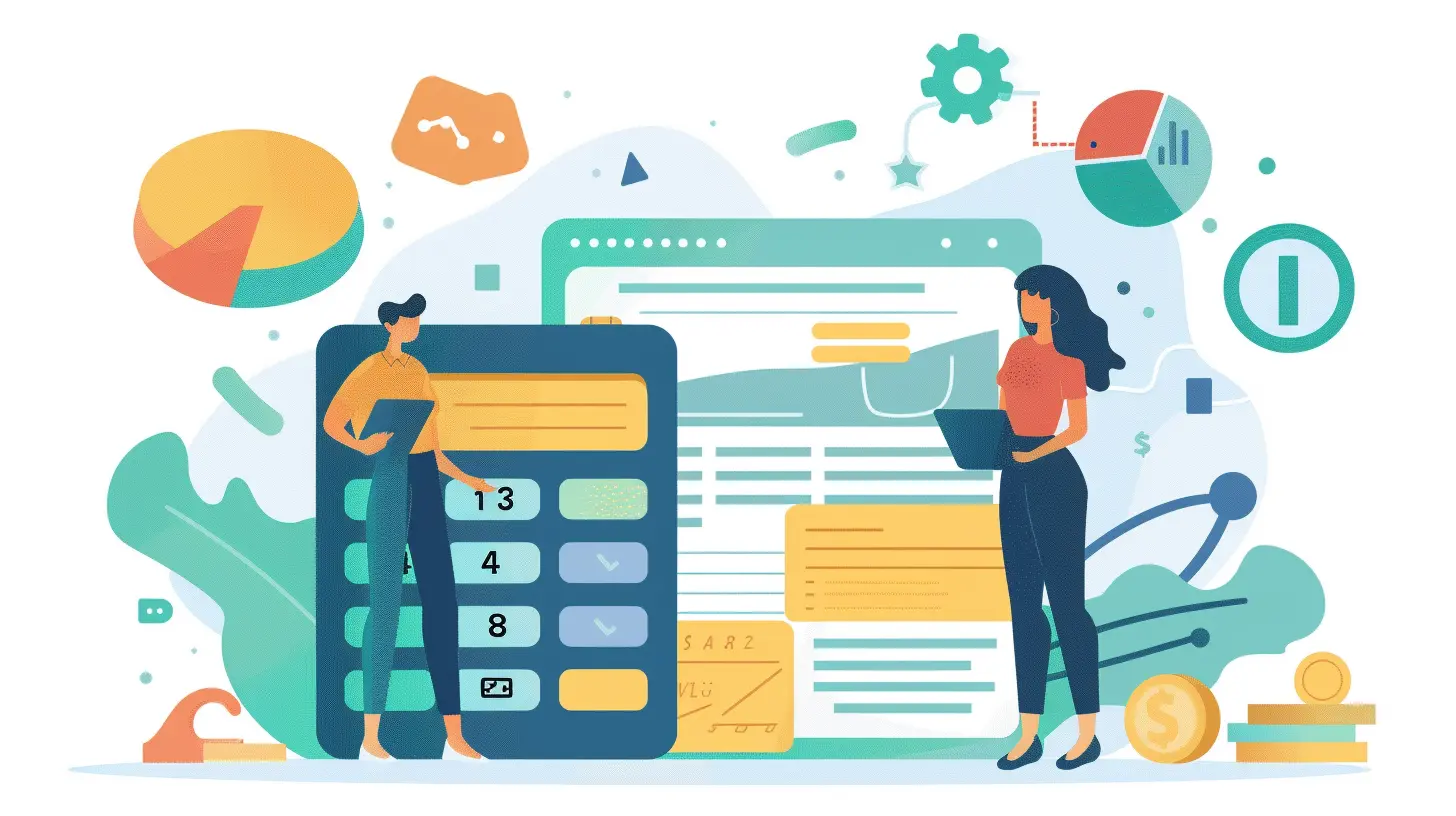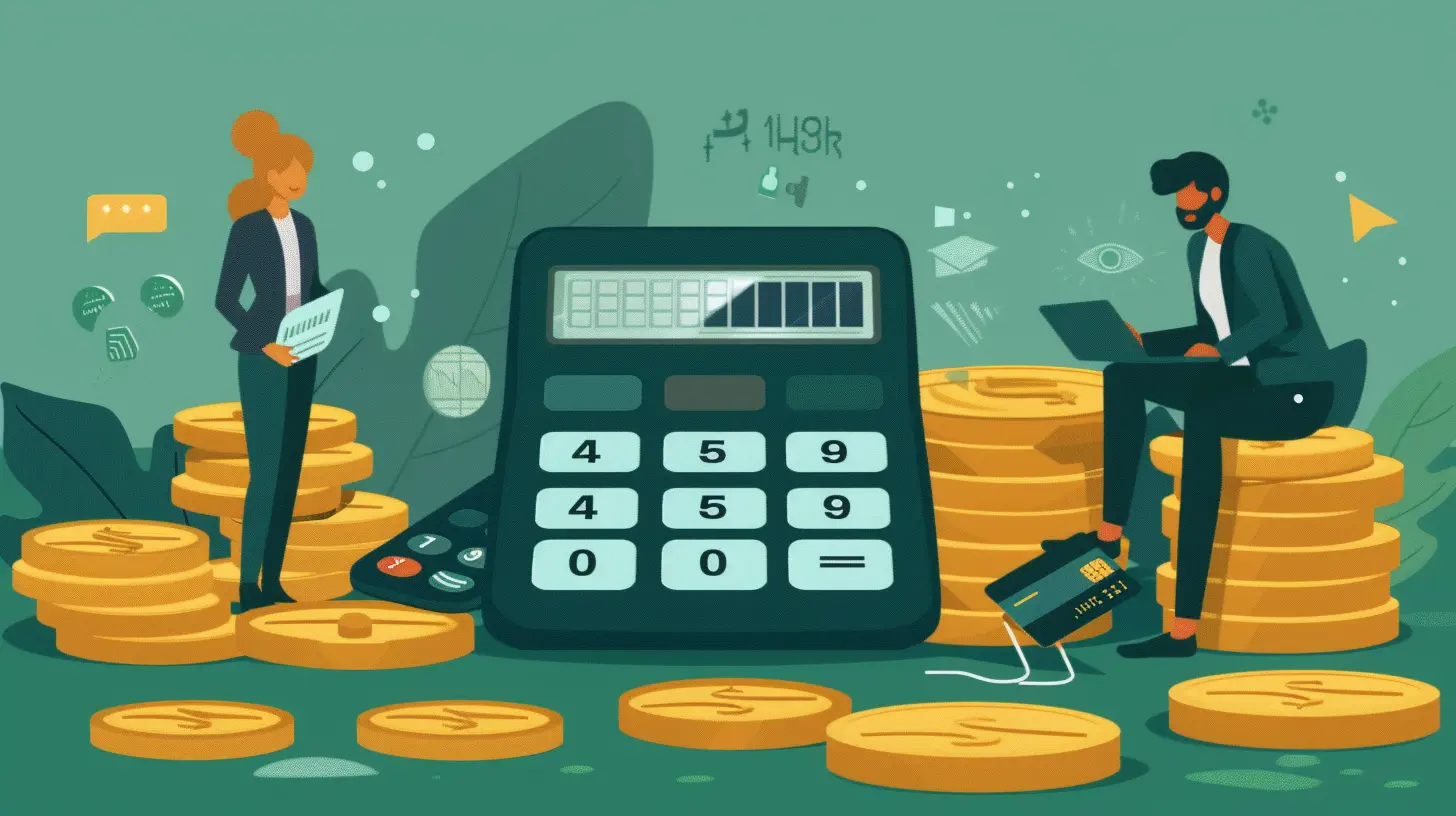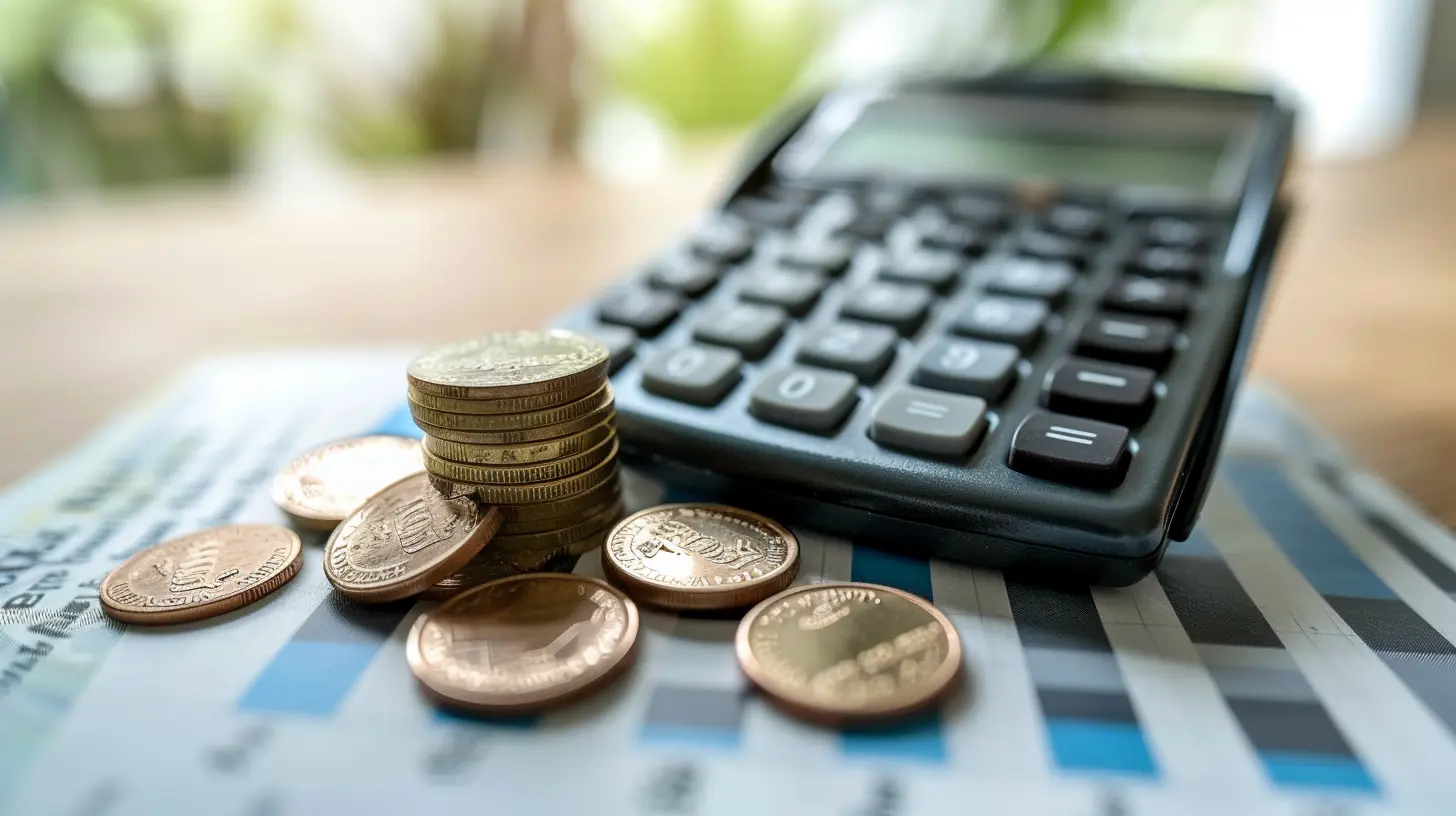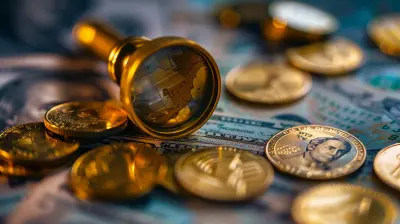How Interest Rates Influence Credit Card APR and Finance Charges
27 August 2025
Let’s face it—credit cards can be super convenient, but they can also cost you a fortune if you don’t know how interest rates work. Ever looked at your credit card statement and wondered why your balance seems to grow even though you haven’t used the card much? That comes down to something called APR and finance charges. And guess what sets the tone for all of that? Yep. Interest rates.
Interest rates may seem like just another boring financial term, but they're actually the backstage puppeteers that control how much you pay when you borrow money. So, let’s break this whole thing down—no confusing lingo, just straight-up talk to help you actually understand how interest rates affect your credit card APR and how much you pay in finance charges.
What is APR, Anyway?
APR = Annual Percentage Rate
APR stands for Annual Percentage Rate. It’s like your credit card’s price tag. It tells you how much it’ll cost you to borrow money over the course of a year. Think of it as the "interest rate with extra toppings" because it often includes other costs like fees.But here’s a little twist—credit card APR is not just a once-a-year deal. It’s applied monthly, so even if you don’t carry a balance for a whole year, you’ll still feel its sting month-to-month.
The Connection Between Interest Rates and APR
You might be asking, “Isn’t APR just the interest rate?” Not exactly, but they’re best buds.How It Works
Credit card companies usually base your APR on a benchmark interest rate known as the prime rate. That’s the rate banks give their most creditworthy customers. When the Federal Reserve changes its rates (more on that later), the prime rate shifts—and so does your APR.So, if the Fed raises interest rates, your credit card APR likely follows. That means your finance charges bump up, and suddenly, carrying a balance becomes way more expensive.
What Are Finance Charges?
Now that we’ve tackled APR, let’s talk about those sneaky little devils known as finance charges.Definition Time
Finance charges are the actual dollar amount of interest you pay for borrowing money. They’re the real cost when you don’t pay off your entire credit card balance by the due date.Let’s say you have a $1,000 balance and a 20% APR. If you don’t make a payment that month, your finance charge could be around $16.67 for just one month. Doesn’t sound like much? Multiply that over a year, and you’ve paid $200+ just in interest!
The Fed’s Role: Why It All Starts With the Central Bank
You’ve probably heard reporters go on and on about the Federal Reserve raising or lowering interest rates. But what does that actually mean for your wallet?The Domino Effect
When the Fed changes the federal funds rate, that trickles down to almost everything: mortgage rates, car loans, savings accounts—and, yes, credit card APRs.- When interest rates go up, borrowing gets more expensive.
- When they go down, it’s cheaper to borrow (for a while, anyway).
Credit card issuers adjust their APRs in line with these changes. So, if you’ve got a variable APR (which most people do), your rate isn’t set in stone. It can—and will—jump up or slide down depending on what the Fed does.
Fixed vs. Variable APR: What’s the Deal?
Let’s clear something up: not all APRs are created equal.Variable APR
Most credit cards come with a variable APR, which is tied to the prime rate. That means every time the prime rate shifts, your APR might change too.Fixed APR
Fixed APRs aren’t affected immediately by interest rate changes, but they’re not truly "fixed." Credit card companies can still raise your rate—though they usually need to give you some notice first.Bottom line? Even if it’s called “fixed,” it’s really more like “semi-fixed.”
How Interest Rate Hikes Affect Your Wallet
When interest rates go up, so do your costs. Here’s how it hits your credit card:1. Higher Finance Charges
That’s the obvious one. If your APR goes from 17% to 20%, you’re paying more each month if you carry a balance. It’s like your money is evaporating faster than before.2. Slower Debt Repayment
If your finance charges eat up a bigger chunk of your payment, less goes toward the actual balance. So you’re stuck in the debt loop longer.3. Lower Credit Score (Indirectly)
As your balance grows and becomes more expensive to pay off, your credit utilization may rise. Higher utilization = lower credit score. It’s a vicious cycle.An Example To Make It Crystal Clear
Let’s say you owe $2,000 on a credit card with a 15% APR. You make only the minimum payments (let's say $40/month). If that APR jumps to 20% because interest rates rise, your finance charges increase. You’ll now pay more interest each month, and it’ll take you longer to clear that debt.That small percentage change might seem harmless, but over time, it can cost you hundreds—if not thousands.
Can You Avoid the Impact?
Okay, so interest rates are out of your control—but that doesn’t mean you’re totally powerless.Here Are a Few Moves You Can Make:
1. Pay Off Your Balance in Full
This one’s the golden rule. If you pay your statement balance in full every month, you could avoid paying any interest at all. No interest = no finance charges.2. Look for 0% Intro APRs
Some cards offer 0% APR for a limited time. This can be a great way to float a purchase or transfer a balance—just be sure to pay it off before the promo ends.3. Refinance or Consolidate Debt
Got high-interest credit card debt? You might score a lower-rate personal loan to consolidate it. This can simplify your payments and reduce interest.4. Negotiate With Your Card Issuer
Yep, it actually works sometimes. If you’ve been a loyal customer, your card issuer might be willing to lower your APR—especially if your credit has improved.Why Timing Matters
When rates are low, it’s a good time to make big purchases (if you must). When rates are on the rise, it’s better to lock things down: pay off debt, reduce spending, and avoid new credit card balances.Just like you wouldn’t light a bonfire during a drought, you don’t want to pile on debt when interest rates are climbing. Timing is everything.
The Emotional Side of Interest Rates
Let’s be real. Interest rates mess with more than your bank account. They mess with your brain.High finance charges can stress you out, make you delay life goals, and even hurt relationships. If you’ve ever felt trapped by credit card debt, you know exactly what I mean.
Understanding how interest rates affect APR is like taking the steering wheel back. Suddenly, you’re not just reacting—you’re driving your financial future.
Pro Tips to Stay Ahead
Let’s wrap this up with some money-smart strategies:- Set alerts for due dates so you never miss a payment.
- Track the prime rate if you have a variable APR.
- Use balance calculators to see how much interest you’re really paying.
- Avoid cash advances. These often come with higher APRs and fees.
- Check your credit report so you can catch errors that may be jacking up your APR.
Final Thoughts
Okay, quick recap. Interest rates are the heartbeat of your credit card’s APR. When those rates go up, so do your finance charges—which means more of your hard-earned money goes straight into your credit card issuer’s pocket.Understanding this chain reaction helps you make smarter choices. Pay off balances when you can. Avoid unnecessary debt. Keep an eye on interest rate trends. And most importantly, don’t let your credit card be the boss of you.
Managing a credit card smartly isn’t rocket science—it’s just about knowing the rules of the game. And now? You’ve officially got game.
all images in this post were generated using AI tools
Category:
Interest RatesAuthor:

Zavier Larsen
Discussion
rate this article
1 comments
Chloe Griffin
This article effectively highlights the critical relationship between interest rates and credit card APRs. Understanding how fluctuations in rates impact finance charges is essential for consumers aiming to manage debt wisely. With current economic trends, staying informed can lead to better financial decisions and potentially significant savings. Great insights!
September 6, 2025 at 2:57 AM

Zavier Larsen
Thank you for your thoughtful comment! I'm glad you found the article insightful. Understanding this relationship is indeed key to managing debt effectively.


